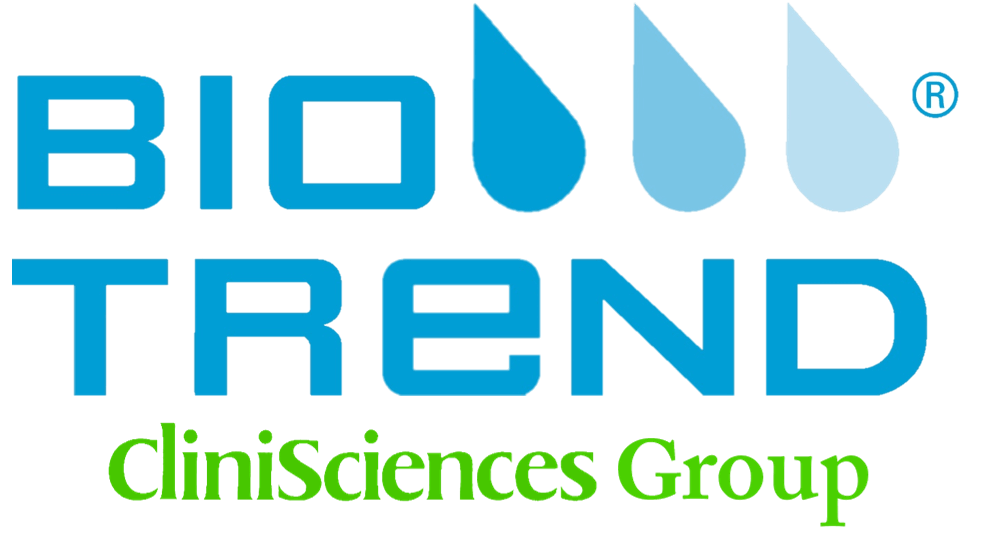Proprotein Convertase 9, Recombinant, Human (PCSK9, Proprotein Convertase Subtilisin/Kexin Type 9, FH3, HCHOLA3, LDLCQ1, NARC1, NARC-1, Neural Apoptosis-regulated Convertase 1, PC9, PSEC0052, Subtilisin/kexin-like Protease PC9)
Cat# P9052-29A-10ug
Size : 10ug
Brand : US Biological
P9052-29A Proprotein Convertase 9, Recombinant, Human (PCSK9, Proprotein Convertase Subtilisin/Kexin Type 9, FH3, HCHOLA3, LDLCQ1, NARC1, NARC-1, Neural Apoptosis-regulated Convertase 1, PC9, PSEC0052, Subtilisin/kexin-like Protease PC9)
Clone Type
PolyclonalSwiss Prot
Q8NBP7Grade
Highly PurifiedAccession #
NM_174936Shipping Temp
Blue IceStorage Temp
-20°CThe human PCSK9 gene encodes Proprotein Convertase 9 (PC9), which is also known as Neural Apoptosis- Regulated Convertase 1 (NARC1). The deduced aa sequence of human PCSK9 consists of a signal peptide (residues 1-30), a pro peptide (residue 31-152), and a mature chain (residues 153-692) that contains a serine protease domain (residues 161-431) found in members of the furin/PC family. PCSK9 protease activity may be limited, since it has only been demonstrated through its own autocatalytic processing. After the autocleavage in the ER, the pro domain and mature chain exit the cell together through non-covalent interactions. PCSK9 is a key regulator of LDL- cholesterol levels (LDL-C) through binding LDL receptor, resulting in reduction of receptor recycling to the cell surface and acceleration of receptor degradation in lysosomes. Both gain-of-function (GOF) and loss-of- function (LOF) mutations have been found in the PCSK9 gene. GOF mutations are linked to familial autosomal dominant hypercholesterolemia, a disease characterized by elevated plasma levels of LDL-C. In comparison, LOF mutations lead to low levels of LDL-C and protection against coronary heart disease.||Murine myeloma cell line, NSO-derived, Arg29-Gln152 & Ser153-Gln692, with a C-terminal 10X-His tag. Swiss/Uniprot Accession: Q8NBP7||Structure: |Mature form & pro domain||Predicted Molecular Mass: |14kD and 59kD||SDS-PAGE:|19kD and 66kD (reducing conditions)||N-terminal Sequence Analysis: |Arg29 & Ser153||Activity: |Measured by its ability to bind recombinant human LDL Receptor using an ELISA format.||Storage and Stability:|May be stored at 4°C for short-term only. Aliquot to avoid repeated freezing and thawing. Store at -20°C. Aliquots are stable for 6 months after receipt at -20°C. For maximum recovery of product, centrifuge the original vial after thawing and prior to removing the cap. Further dilutions can be made in assay buffer.


